CES 2022: 10 Robots For Fun, Productivity
Sony, Hyundai Heavy Industries and Naio Technologies were some of the standout robot creators this year.
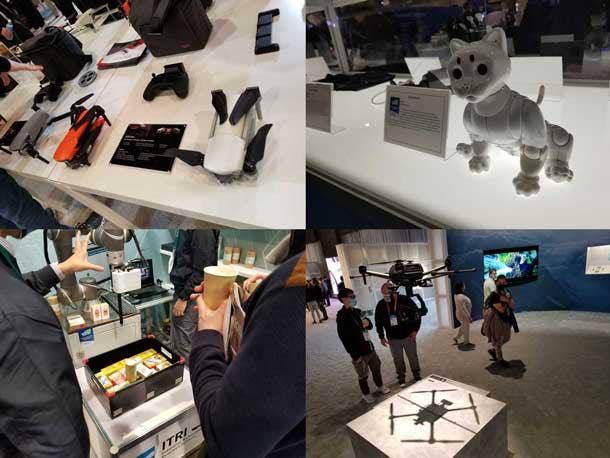
A drone designed for aerial video production, an autonomous boat and a robot that hoes and weeds were among the standouts in robotics for CRN at this year’s CES 2022 trade show.
These products from Sony, Hyundai Heavy Industries and Naio Technologies captured our attention during a CES in which major technology vendors including Amazon, Microsoft and Google dropped out due to the ongoing COVID-19 pandemic.
[RELATED: CES 2022: Announcements, News And Product Coverage]
The event was held in January live in Las Vegas and online for those who couldn’t attend.
Here are 10 robots we’ll be talking about in 2022 for fun and productivity.
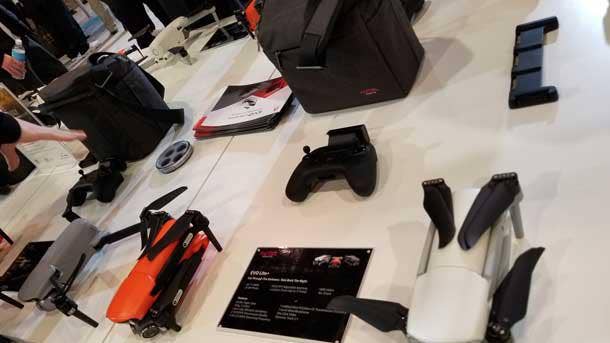
Autel Evo Nano And Lite Series
New products from robotics company Autel were on the CES 2022 show floor this year, including the Evo Lite and Evo Nano series of small drones.
The Bothell, Wash.-based company designed its new Evo Nano and Nano+ for limited spaces, with the ability to fold as small as a smartphone, according to Autel. They weigh about half a pound.
The Evo Lite and Lite+ have 40 minutes of battery and a four-axis gimbal design meant for vertical video shooting for sharing on mobile devices. The Lite+ weighs less than two pounds. The Evo series has a one-inch complementary metal oxide semiconductor (CMOS) image sensor and moonlight algorithm meant for low-noise video capturing at night, according to Autel.
Both series have the Autel Sky application for shows with shooting modes including time-lapse, panoramic, tracking and portrait, according to the company.
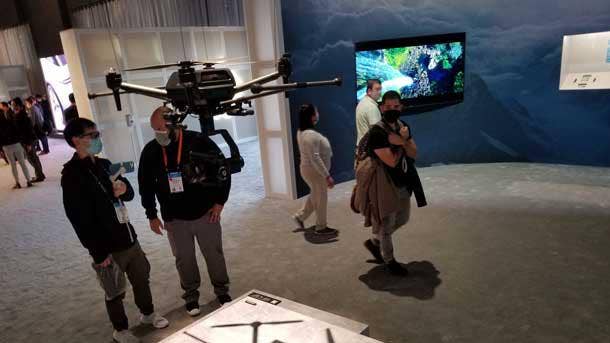
Sony Airpeak S1
Sony’s new Airpeak S1 drone appeared at CES 2022. The drone is meant for aerial video production and comes with a full-frame, mirrorless camera with interchangeable lens.
The drone has sensing technology, a motor, propeller and control system, according to Sony. Users can pilot the drone with a remote controller.
The drone reaches about 56 miles per hour and can fly for up to 22 minutes without a payload, according to Sony. The Airpeak Flight mobile application controls, monitors and manages the aircraft, remote controller and camera in flight.
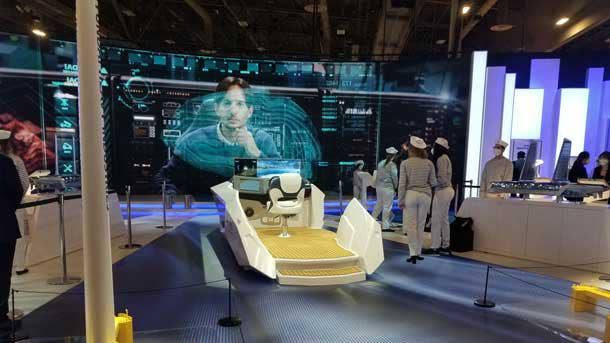
HHI Autonomous Boat
Hyundai Heavy Industries (HHI), the world’s largest shipbuilding company and separate from the car company of the same name, showed a leisure boat built with autonomous navigation technology at its CES 2022 booth.
South Korea-based HHI plans to have the first self-driving, massive-scale transoceanic voyage during the first quarter, according to the company.
HHI also announced a partnership with the American Bureau of Shipping for real-life trials of autonomous ship technologies. The company will start demonstrating its Hyundai Intelligent Navigation Assistant System (HiNAS): Hyundai Intelligence Berthing Assistance System (HiBAS) and Hyundai Intelligent Navigation Assistant System 2.0 (HiNAS2.0), according to HHI.
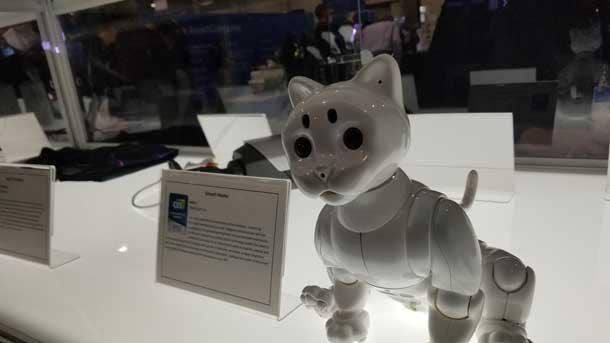
Macroact Maicat
This robot cat from Macroact uses artificial intelligence, nine sensors and autonomous control to simulate a real pet companion as it navigates owners’ homes. Maicat doesn’t need an internet connection, with all information stored in its on-board microcomputer. Without an internet connection, it can recognize about 10 people or pets. With a connection, it can recognize about 100.
The Maicat weighs about two pounds and is made of acrylonitrile butadiene styrene, glass and silicon, according to the company. Its eyes are powered by organic light-emitting diodes (OLED), and the robot reacts to sounds, alerting users. The robot will change personality depending on how people interact with it.
South Korea-based Macroact also offers the Maitools Simulator to define robots, environments and tasks to optimize robots’ movements and minimize development costs, according to the company. The company was founded in 2019 with Maicat scheduled to launch this year. A Kickstarter crowdfunding campaign is planned for February or later.
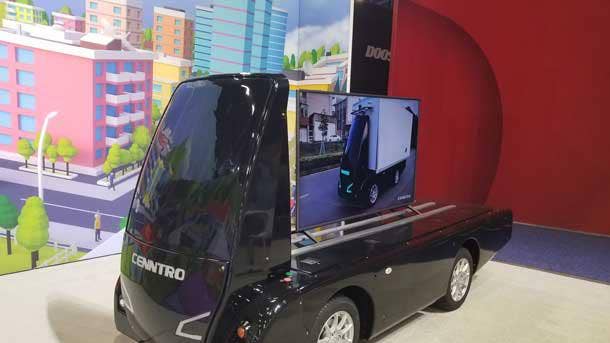
Cenntro iChassis
Cenntro demonstrated its autonomous city delivery truck at CES 2022. The truck uses Cenntro’s iChassis, which starts production in the first quarter of 2023.
The Freehold, N.J.-based company designed the iChassis with a system-on-chip and connection to smartphone application, according to Cenntro. The iChassis integrates with Apple, Google, IBM and Microsoft open-source system software platforms. The app tells users about speed, vehicle performance, replacement schedule and other data.
The iChassis can also be used for street sweeping, mobile service stations, auto-patrol cars and mobile vending machines, according to the company.
The company was founded in 2014, according to Crunchbase.
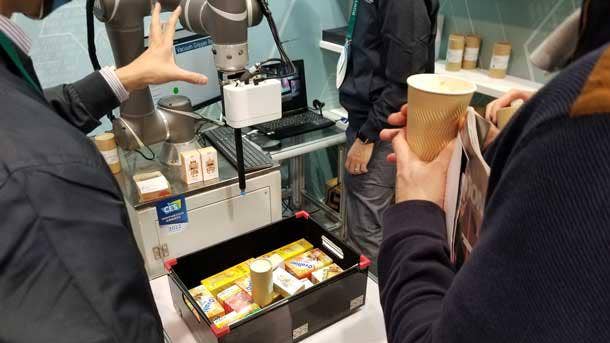
ITRI RGB-D AI Robot
The RGB-D AI Robot from Taiwan-based Industrial Technology Research Institute (ITRI) showed off how it uses 3D vision to scan object areas and determine the correct angle for picking up objects with irregular shapes. The institute has given Techman Robot the rights to develop the robot commercially, with expected sales in March.
The robot can reduce the size of its sensor while increasing sensing speed, according to the institute. The RGB-D AI Robot is meant for sorting and packaging objects in manufacturing, logistics, retail, services and health care.
The institute‘s robot has self-learning technology to remove revising control programs needed for object identification, according to ITRI. When production lines change, the robot scans tens of thousands of training materials, building a handling strategy in less than 12 hours.
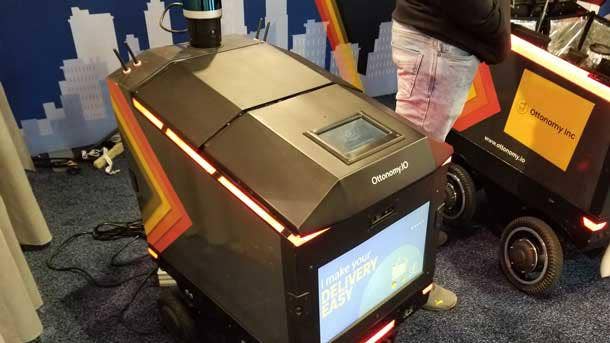
Ottonomy
Ottonomy’s electric vehicle robots integrate with retailers’ and restaurants’ point-of-sale software so that they can manage, control and schedule a fleet of robots to deliver food and packages curbside, down the street and indoors.
The Santa Monica, Calif.-based company markets the robot to customers with staffing shortages, according to the company. The robots have contextual navigation to help get through crowded environments. Robots have multiple cabins for handling different items in one trip.
The company offers a cloud-based console for fleet management and data analytics, according to Ottonomy. The vehicles also have zero emissions.
Founded in 2020, the company has raised about $1.2 million, according to Crunchbase.
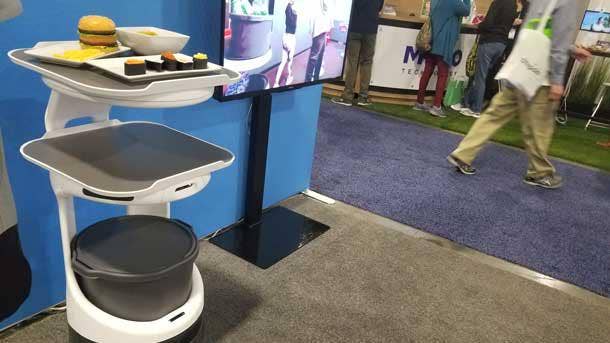
Bear Robotics Servi
Bear Robotics’ Servi is a self-driving serving robot that can deliver drinks, food and bus tables.
The robot navigates crowds with lidar sensors and multiple cameras, according to the Redwood City, Calif.-based company. Servi operates for up to 12 hours on a four hour charge and provides 24-hour monitoring and analytics through its dashboard.
The company’s partners include Google, Denny’s, Chili’s and other companies, according to Bear Robotics.
The company was founded in 2017 and has raised about $34.8 million in funding, according to Crunchbase.
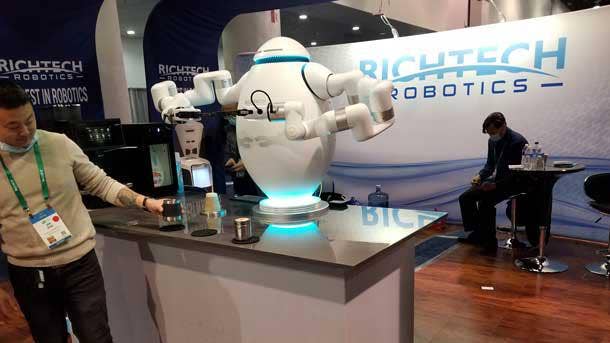
Richtech Robotics’ Adam
Austin, Texas-based Richtech Robotics brought its dual-armed robot that can prepare drinks and food.
The robot, called Adam, has an Intel artificial intelligence depth sensor camera and a speaker to interact with customers, according to Richtech. The robot also has a blue LED indicator that syncs to audio playback. It has two automatic robotic module (ARM) robots also made by Richtech. These modules can be programmed to learn and perform repeatable tasks.
Richtech also offers robots for cleaning and delivering food, according to the company.
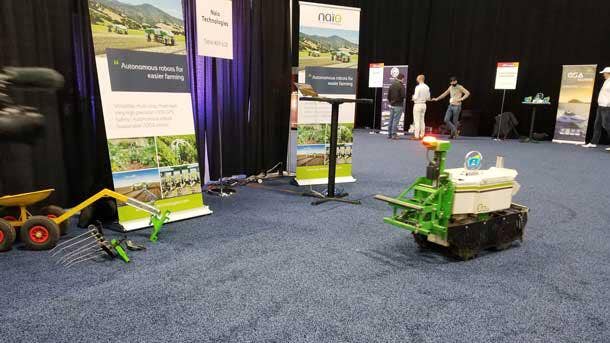
Naio Technologies Oz
Oz, an autonomous robot meant to help farmers with hoeing, weeding, seeding, furrow-making and other time-consuming tasks, brought attention to the Naio Technologies booth at CES 2022 Unveiled.
France-based Naio powers Oz with a real-time kinematic (RTK) GPS guidance system. The robot is sold in 48 countries, according to Naio. The robot weighs about 330 pounds and is about 3 feet tall and 4 feet long. It can travel about 1.6 feet per second.
Naio’s other robots include the large-scale vegetable weeding Dino and the vineyard weeding Ted.
The company was founded in 2011, according to Crunchbase.